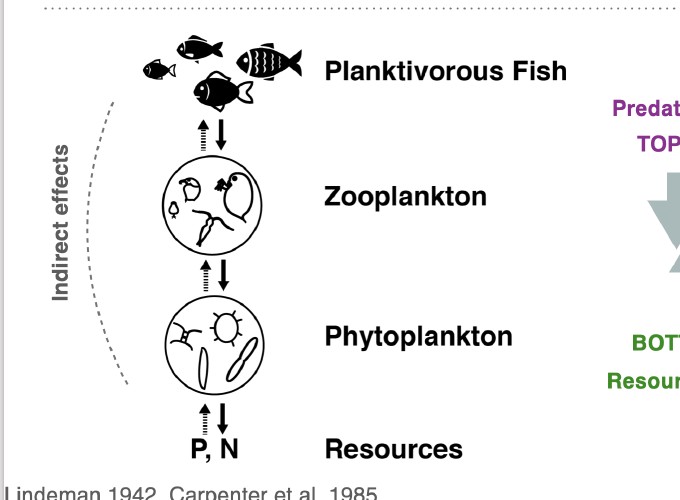Individual size-based interactions play a significant role in the community dynamics and ecosystem processes of aquatic ecosystems, because body size is a key trait of organisms that is highly linked to metabolic rates. Climate change and disturbances influence freshwater planktonic food webs, weakening the strength of size-based interactions. Earlier studies mostly focused on alterations in body-size distributions in single trophic levels, but the understanding of size-based interactions among adjacent trophic levels is still limited. Moreover, only a few studies explored the short-term resilience of communities to disturbances. However, evaluation of body size structure of interacting trophic levels simultaneously while accounting for intraspecific variation and understanding resilience of communities would bring novel insights into strength of trophic interactions.
Relevant publications
Z Ersoy, S Brucet, M Bartrons, T Mehner (2019). Experimental tests of fish predation on zooplankton, and recovery rate of zooplankton community structure after stop of predation. PLoS ONE, 14(2): e0212351. https://doi.org/10.1371/journal.pone.0212351
Z Ersoy, E Jeppesen, S Sgarzi, I Arranz, M Cañedo-Argüelles, XD Quintana, F Landkildehus, M Bartrons, S Brucet (2017). Size-based interactions and trophic transfer efficiency are modified by fish predation and cyanobacteria blooms in Lake Mývatn, Iceland. Freshwater Biology, 62, 1942-1952. https://doi.org/10.1111/fwb.13039
S Brucet, ÜN Tavşanoğlu, A Özen, E Levi, G Bezirci, Aİ Çakıroğlu, E Jeppesen, JC Svenning, Z Ersoy, M Beklioğlu (2017). Size-based interactions across trophic levels of food webs in shallow Mediterranean lakes. Freshwater Biology, 62, 1819-1830. https://doi.org/10.1111/fwb.12997
